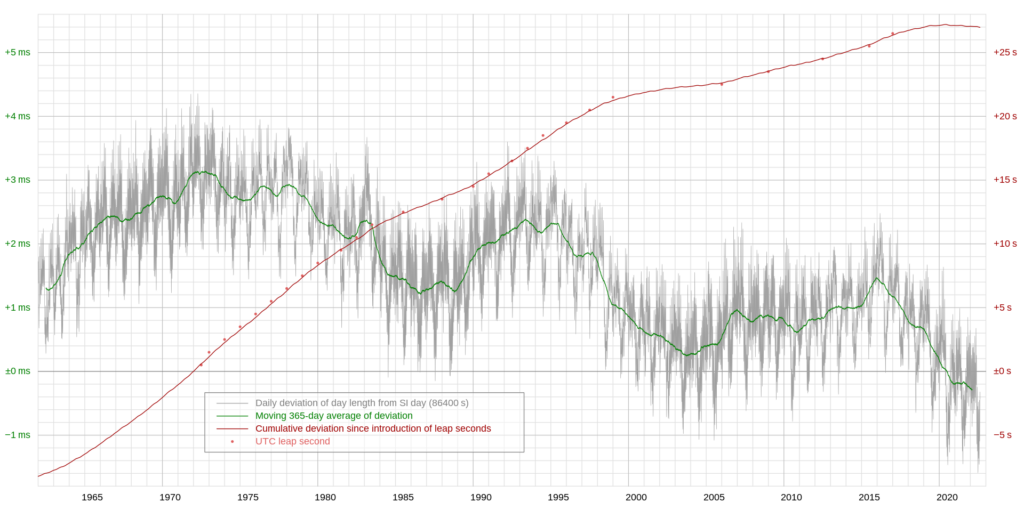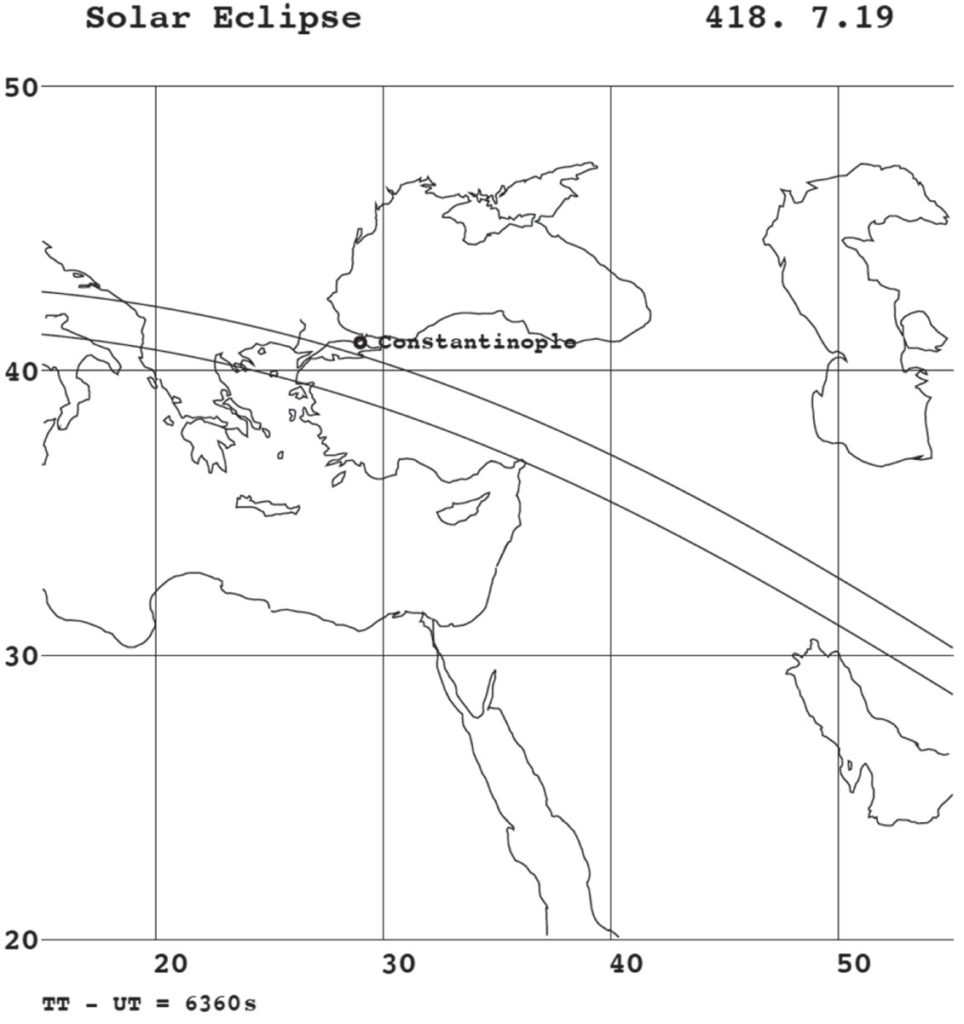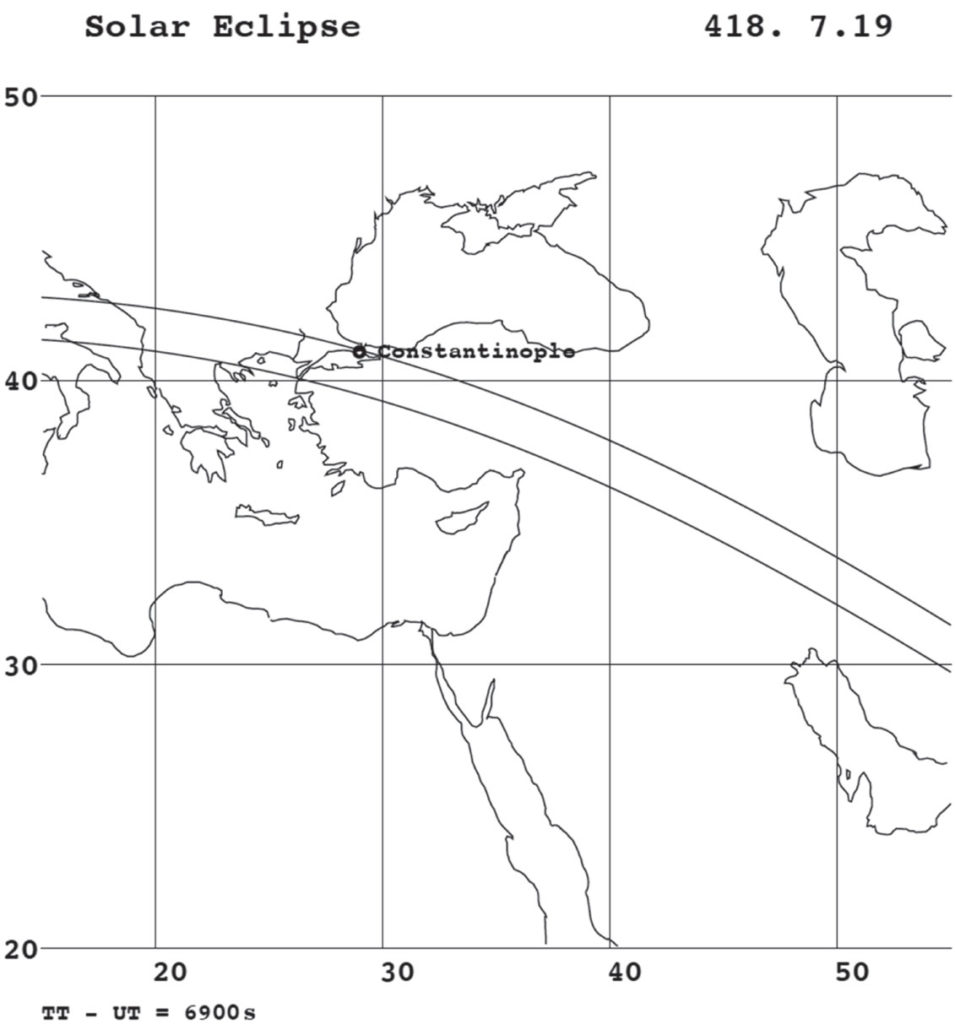A group of Japanese researchers managed to clarify the nature of the change in the rotation of the Earth in the era from the IV to the VII century. For this purpose, the researchers used archival records of solar eclipses observed in that era.
Changing the rotation of the Earth
For simplicity, we believe that a day consists of 24 hours. But in reality, our planet makes one revolution around its axis in 23 hours 56 minutes 4 seconds. And this indicator is not constant. In the historical perspective, the rotation speed of our planet is gradually decreasing. This happens under the influence of factors such as tidal interaction with the Moon and the braking effect of the earth’s atmosphere. Analysis of geological deposits shows that 70 million years ago the duration of the Earth’s day was 30 minutes less than it is now. And 1.4 billion years ago, the Earth made one revolution around its axis in just 18 hours.

At the same time, there are factors that contribute to an increase in the speed of rotation of the Earth. One of them is the melting of glaciers and polar caps. In addition, there are a number of long-term cycles. So, scientists know a six-year oscillation, during which the duration of the Earth’s day changes by plus or minus 0.2 seconds every six years.
Historical records of solar eclipses
To clarify the existing models of changes in the rotation of the Earth, a team of Japanese scientists decided to turn to historical documents. They were interested in the period IV to VII century. Unfortunately, there is not much evidence left from that era. This is due to the large-scale events that took place at that time, such as the Great Migration of Peoples, the fall of the Western Roman Empire and the plague epidemic.

Nevertheless, the researchers still managed to identify mentions of five total solar eclipses that occurred in the eastern Mediterranean in 346, 418, 484, 601 and 693. Further, the scientists created a theoretical model of the visibility of these eclipses and compared it with real regions from where they could be observed.
The comparison revealed a number of differences. For example, the eclipse of July 19, 418, could be seen in Constantinople. Ancient sources claim that during it, stars appeared in the sky, which indicates that the Moon completely covered the Sun. At the same time, the model based on the data on the estimated speed of rotation of the Earth at that time asserts that the full phase of the eclipse could not be visible in Constantinople.


Based on this, scientists came to the conclusion that delta T (the difference between the length of the day in seconds and the actual rotation of the Earth) should be increased in the V century and decreased in the VI and VII. This means that during this period, the Earth’s rotation speed was at first less than predicted, and then more.
According to https://www.sciencealert.com
Follow us on Twitter to get the most interesting space news in time
https://twitter.com/ust_magazine
